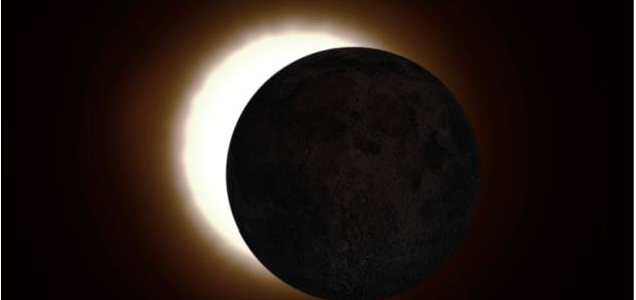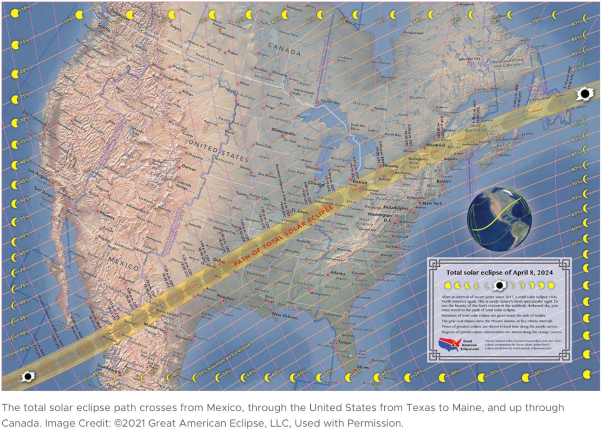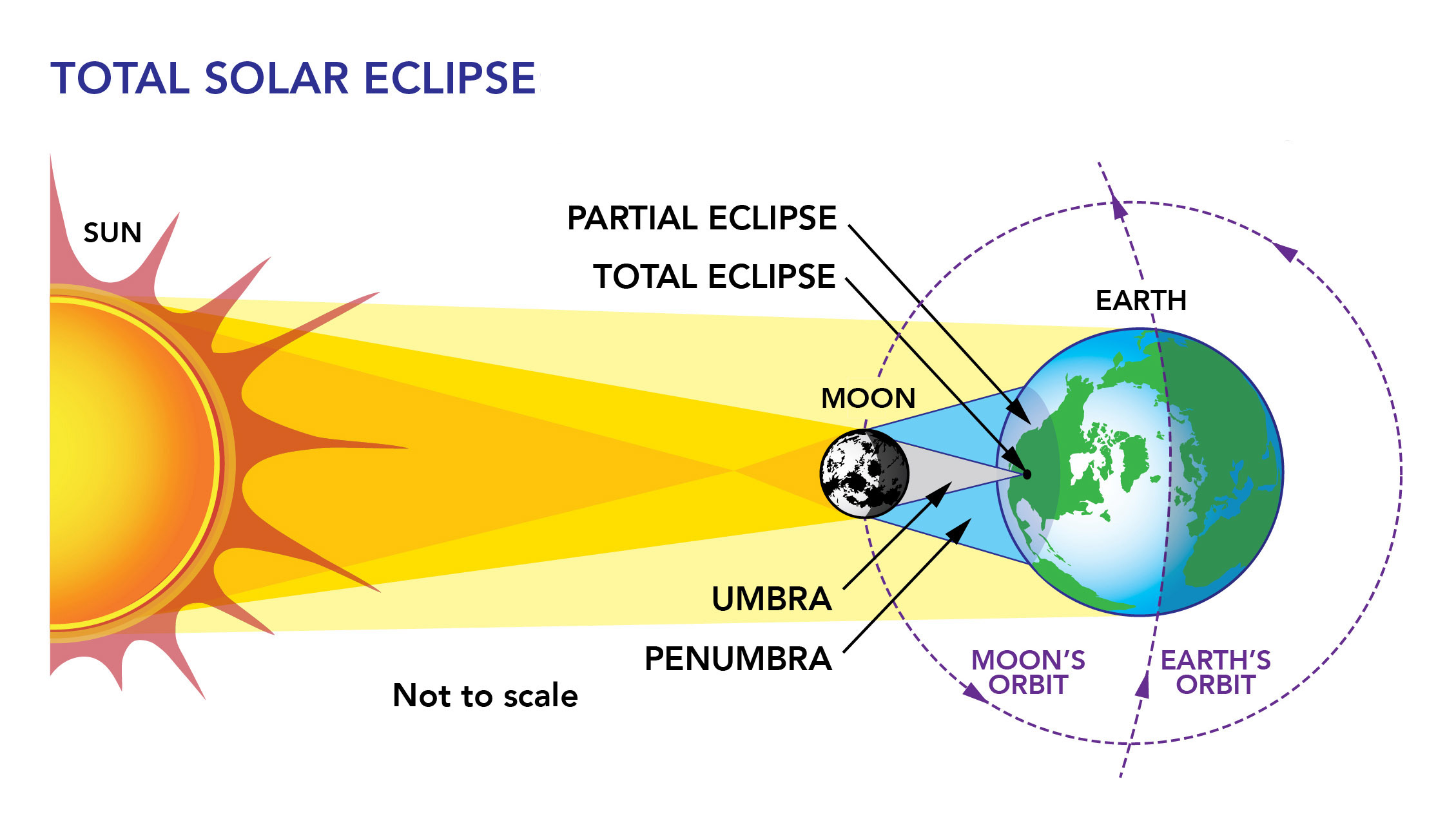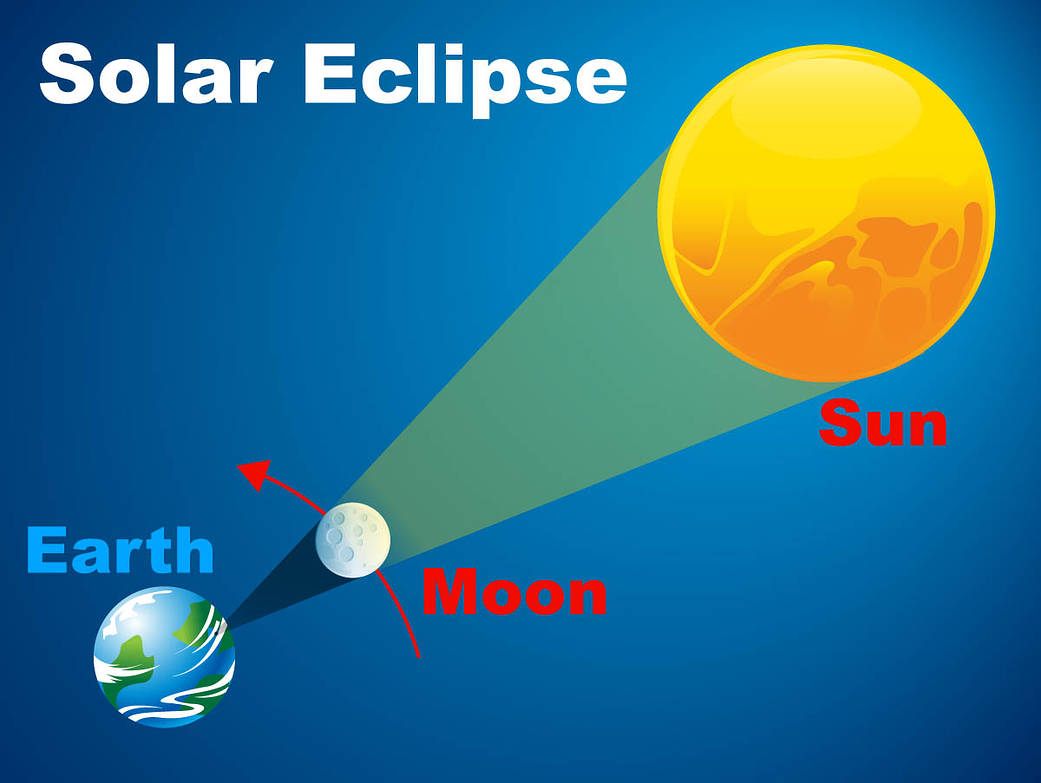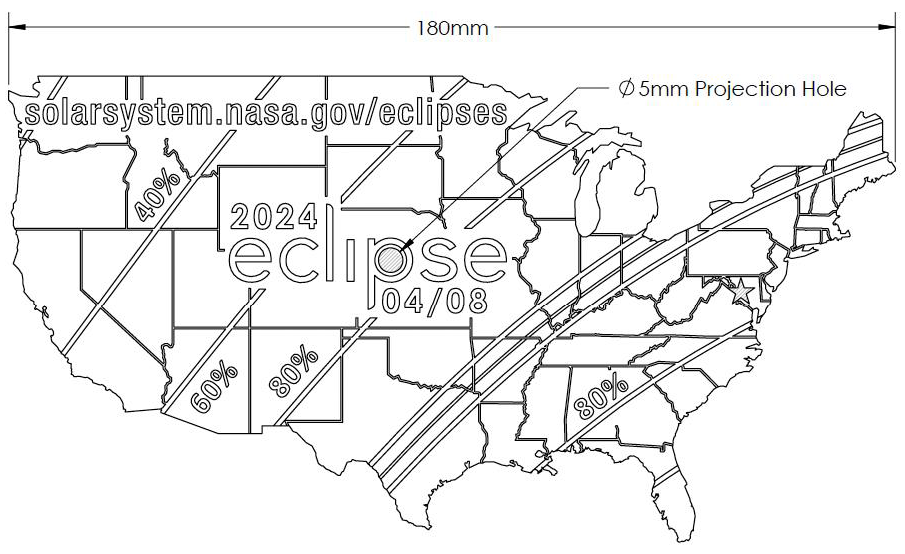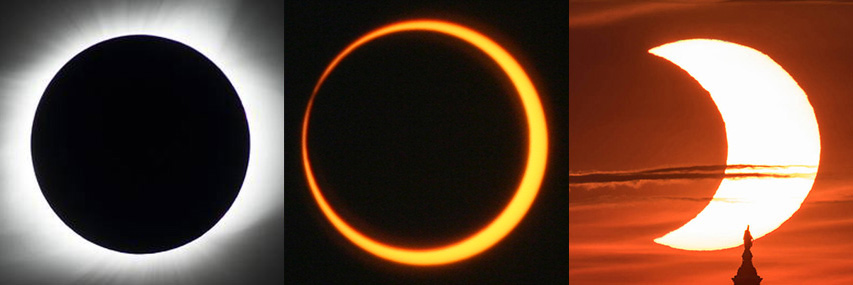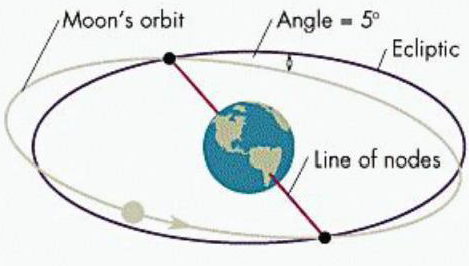Mini Lesson/Activity
What is the Difference between a Solar Eclipse and a Lunar Eclipse?
Overview
In this activity students will examine NASA data to determine the differences between a solar and lunar eclipse.
Student Directions
Remember to never look directly at the Sun without proper safety equipment.
An eclipse happens when a planet or a moon gets in the way of the Sun’s light. Here on Earth, we can experience two kinds of eclipses: solar eclipses and lunar eclipses. A solar eclipse occurs when the Moon passes between the Sun and Earth, causing the Moon to cast a shadow on Earth. A lunar eclipse occurs when Earth is between the Sun and the Moon, causing Earth to cast a shadow on the Moon.
Check with your instructor on how to submit answers. There are optional student sheets available as a Google Doc or a PDF.
Steps:
-
Examine the diagrams. One shows a solar eclipse. The other shows a lunar eclipse. Answer the following questions:
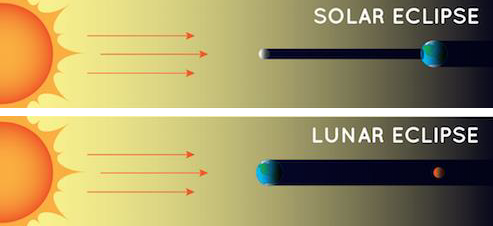
Solar and Lunar eclipse diagrams, Diagrams not to scale, https://mynasadata.larc.nasa.gov/sites/default/files/inline-images/Solar%20and%20lunar%20eclipse.png, Credit: NASA Space Place
- What are the similarities between these two types of eclipses?
- What are the differences between these two types of eclipses?
- Which object casts a bigger shadow, Earth or the Moon?
- Which eclipse can more people on Earth experience at the same time? Support your claim with evidence and reasoning.
- Predict:
- Which image is of a solar eclipse taken from Earth? Which image is of a lunar eclipse taken from Earth?
-
Record your observations about each image.
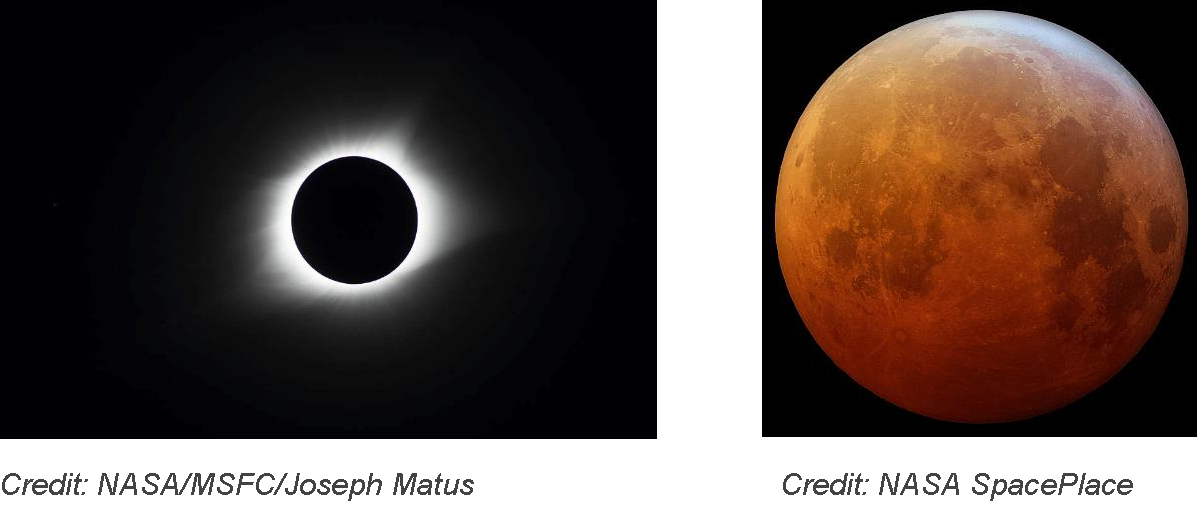
One image is a solar eclipse. The other is a lunar eclipse., https://mynasadata.larc.nasa.gov/sites/default/files/inline-images/eclipse%20images.png, Credits: NASA/MSFC/Joseph Matus and NASA SpacePlace
- Why does the Moon look the way it does during a lunar eclipse? Watch the NASA | Lunar Eclipse Essentials video and answer the following questions:
- Watch the video NASA | Lunar Eclipse Essentials
- Why does the Moon appear red during a lunar eclipse?
-
What is another example of sunlight being scattered by Earth's atmosphere?
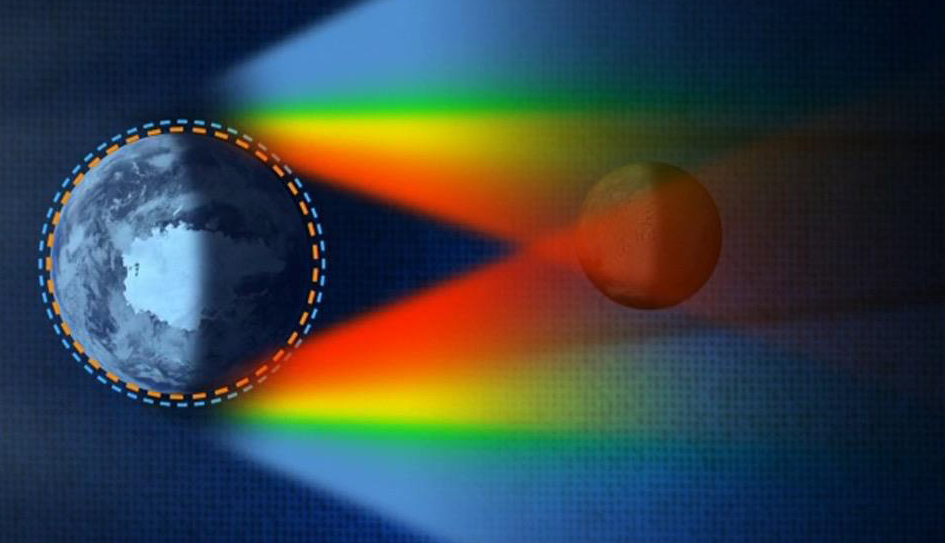
Still image from the video showing how Earth's atmosphere scatters sunlight during a lunar eclipse. Credit: NASA Goddard Space Flight Center/Scientific Visualization Studio
*This image is not to scale.
https://mynasadata.larc.nasa.gov/sites/default/files/inline-images/solar%20and%20lunar%20eclipses.png
-
During a total solar eclipse, the disk of the Moon blocks out the bright light of the photosphere. This exposes the Sun’s atmosphere, or the corona. The corona can only seen during a total solar eclipse, or using special equipment, like NASA has.
Examine the Mind-Melting Facts about the Sun graphic and text found on the webpage and answer the following questions.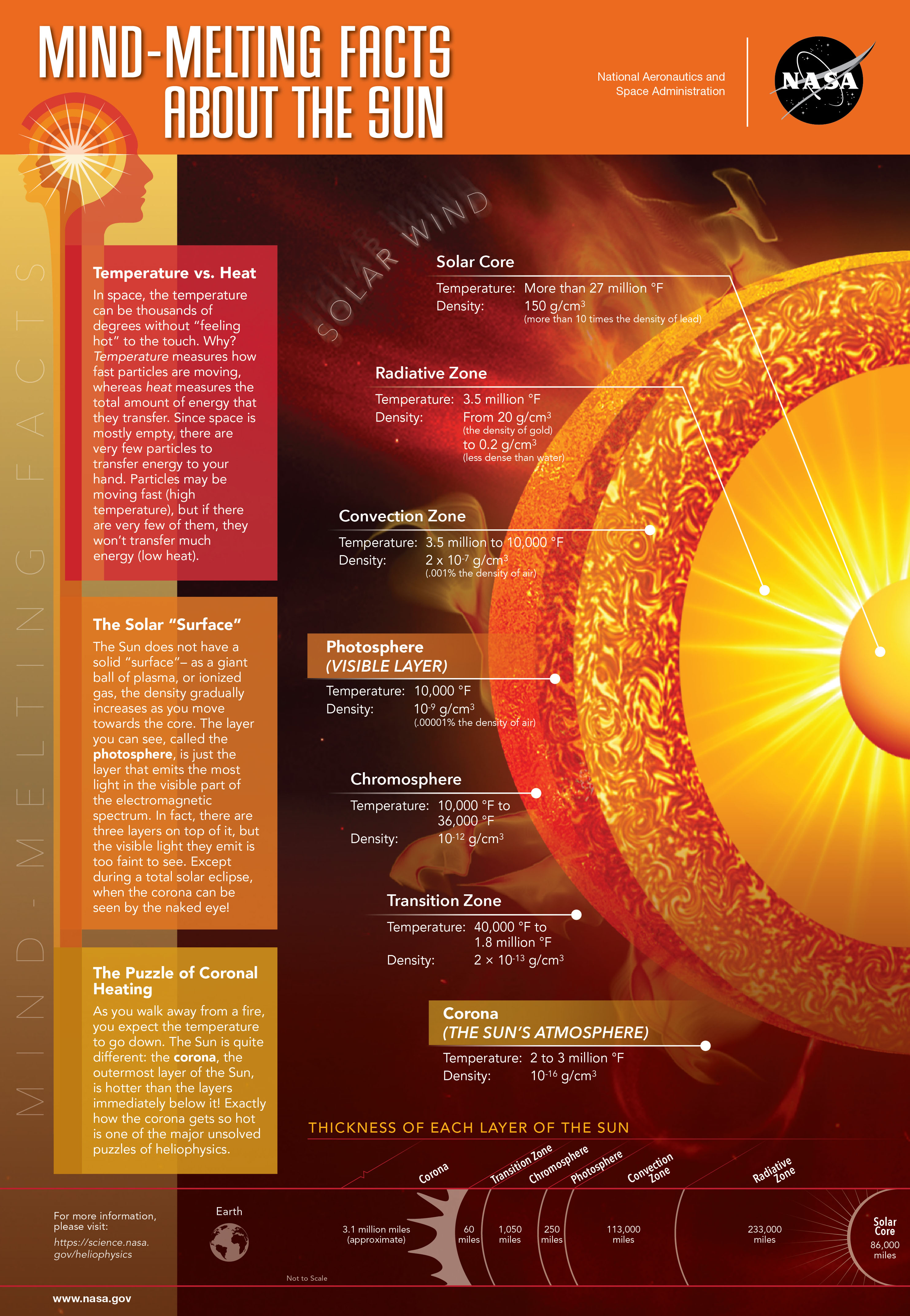
Mind-Melting Facts about the Sun, https://mynasadata.larc.nasa.gov/sites/default/files/inline-images/mm_fats_infographic_w_nasa_id.jpg, Credit NASA, https://www.nasa.gov/mission_pages/sunearth/the-heliopedia
- Which layer of the Sun is normally visible on a bright, sunny day?
- Why are scientists so interested in viewing the corona -What is the "Puzzle of Coronal Heating"?
- Model: What objects could you use to model a solar eclipse and a lunar eclipse? Draw your plans for each model.
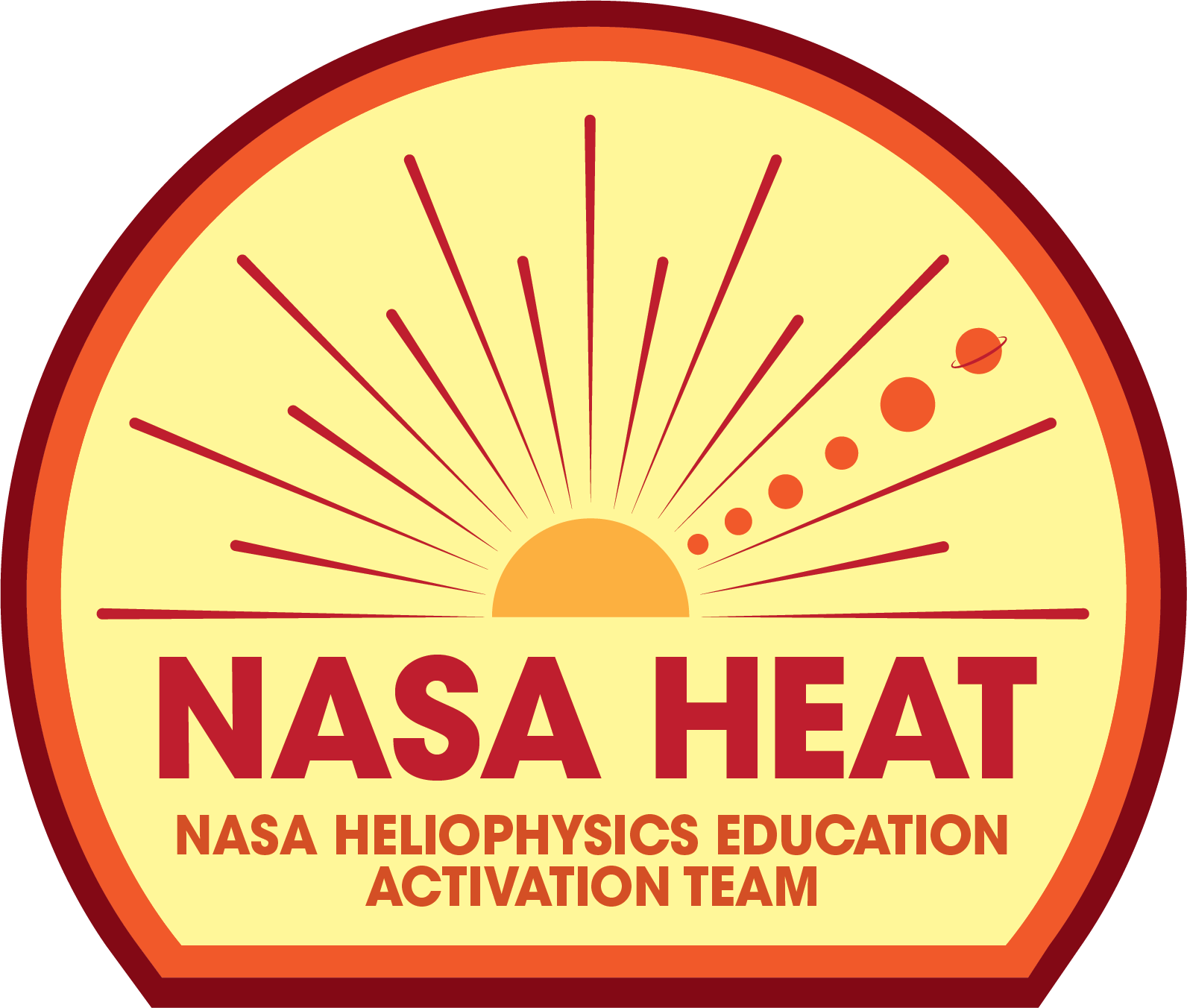
Sources:
- Home. (n.d.). YouTube. Retrieved April 2, 2023, from https://spaceplace.nasa.gov/eclipses/en/
- GMS: Lunar Eclipse Essentials. (2011, June 8). NASA Scientific Visualization Studio. Retrieved March 2, 2023, from https://svs.gsfc.nasa.gov/10787
- NASA Heliopedia. (2022, September 6). Retrieved March 14, 2023, from https://www.nasa.gov/mission_pages/sunearth/the-heliopedia
Teacher Note
Teachers, these mini lessons/student activities are perfect "warm up" tasks that can be used as a hook, bell ringer, exit slip, etc. They take less than a class period to complete. Learn more on the "My NASA Data What are Mini Lessons?" page.
Teachers who are interested in receiving the answer key, please complete the Teacher Key Request and Verification Form. We verify that requestors are teachers prior to sending access to the answer keys as we’ve had many students try to pass as teachers to gain access.
Disciplinary Core Ideas:
- ESS1B: Earth and the Solar System
Crosscutting Concepts:
- Cause and Effect
Science and Engineering Practices:
- Obtaining, Evaluating and Communicating Information

